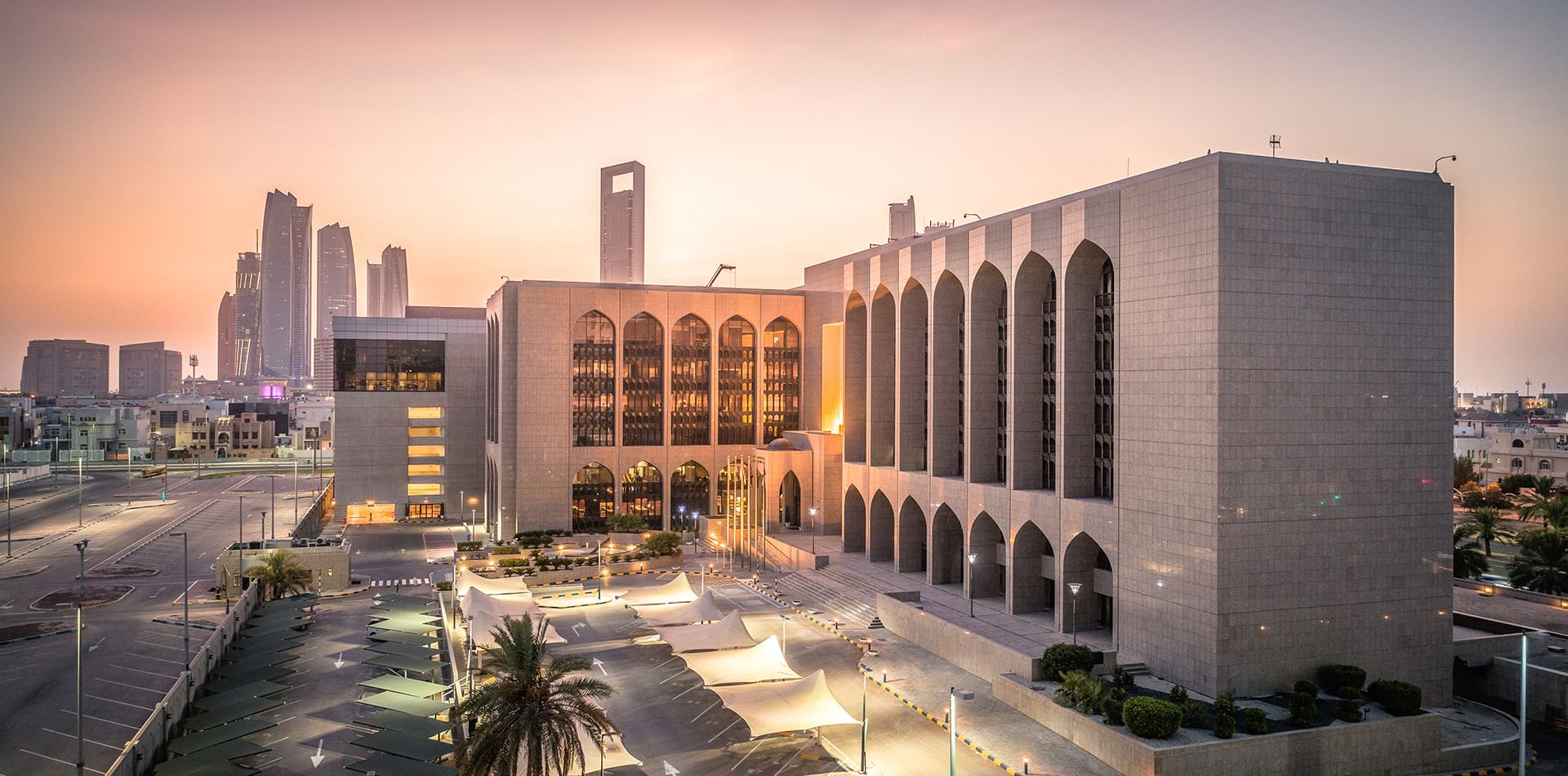Abu Dhabi, UAE — The investments of banks operating in the UAE in cash bills and Islamic certificates of deposit reached AED 227 billion ($61.81 billion) at the end of the second quarter of this year, an increase on an annual basis by about 10.3 percent compared to AED 205.7 billion at the end of the second quarter of 2023, according to the latest statistics of the Central Bank of the UAE.
Central Bank statistics released today showed that banks’ investments in Sharia-compliant certificates of deposit reached AED 43.9 billion by the end of the second quarter of this year.
Statistics showed that the foreign assets of the Central Bank increased by 5.3 percent year-on-year to reach AED 770.6 billion, as a result of the increase in the balances of current accounts and deposits with banks abroad by 9.1 percent, and in other foreign assets by 1 percent, exceeding the decline in foreign investments by 3.3 percent.
The total capital and reserves of banks operating in the UAE increased by 3.9 percent to AED 495.2 billion at the end of the second quarter of this year, and the total capital adequacy ratio reached 18.3 percent, which means that it is still well above the capital adequacy ratio of 13 percent, which includes the capital preservation reserve requirement of 2.5 percent, and the initial tier ratio of 8.5 percent, as stipulated in the Central Bank guidelines in line with the principles of Basel 3″.
According to the CBE, the number of local banks (excluding investment banks) remained stable at 23 banks at the end of the second quarter of this year, and the number of branches of these banks decreased to 482 branches at the end of June. The number of e-banking units for banks and cash desks remained stable at 46 and 21 respectively during the same period.
The number of GCC banks remained stable at the end of the second quarter at 6 banks, in addition to one Gulf business bank, and the branches of these banks remained stable at 6 branches. The number of other foreign banks reached 21 banks with 72 branches, and the number of electronic banking units for banks remained at 21 units at the end of the second quarter.
The number of financial institutions licensed by the Central Bank, namely business banks, representative offices, finance and exchange companies, reached about 11, 70, 17 and 76 institutions respectively at the end of the second quarter of this year, and the total ATMs of banks operating in the country decreased by 10 devices to reach 4,659 devices at the end of the second quarter of this year.









